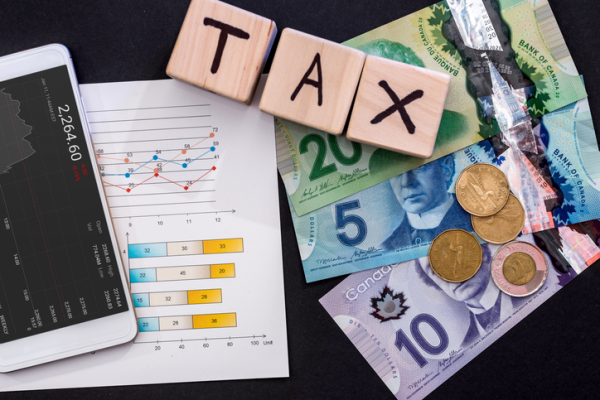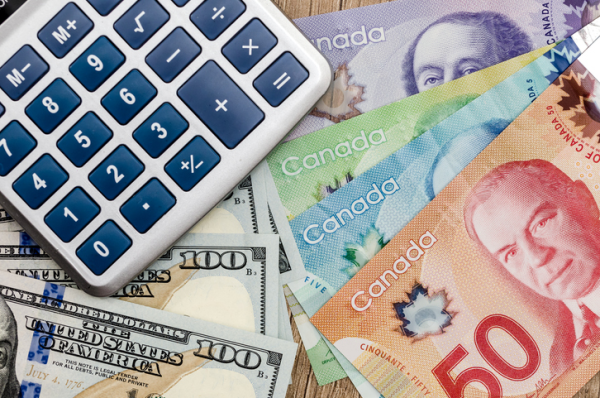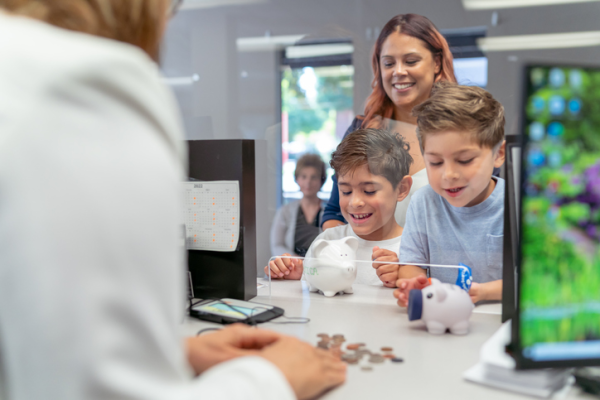Buying Power: The Math Behind Money

Father and daughter doing online banking (Maskot, Getty Images)

Father and daughter doing online banking (Maskot, Getty Images)
4
How does this align with my curriculum?
ON
10
Career Studies Grade 10, OPEN (GLC2O) (2019)
Strand C. Planning and Financial Management to Help Meet Postsecondary Goals
BC
10
Career-Life Education (10, 11, 12) (2018)
Big Idea: Career-life decisions are influenced by internal and external factors, including local and global trends.
BC
10
Career-Life Education (10, 11, 12) (2018)
Big Idea: Finding balance between personal and work life promotes well-being.
BC
11
Career-Life Education (2018)
Big Idea: Career-life decisions are influenced by internal and external factors, including local and global trends.
BC
11
Career-Life Education (2018)
Big Idea: Finding balance between personal and work life promotes well-being.
YT
10
Career-Life Education (2018)
Big Idea: Career-life decisions are influenced by internal and external factors, including local and global trends.
YT
10
Career-Life Education (2018)
Big Idea: Finding balance between personal and work life promotes well-being.
YT
11
Career-Life Education (2018)
Big Idea: Career-life decisions are influenced by internal and external factors, including local and global trends.
YT
10
Career-Life Education (10, 11, 12) (2018)
Big Idea: Career-life decisions are influenced by internal and external factors, including local and global trends.
YT
10
Career-Life Education (10, 11, 12) (2018)
Big Idea: Finding balance between personal and work life promotes well-being.



